During third period and tutorial on Tuesday, February 10, Civil Rights activist and retired U.S. History teacher Mas Hashimoto came to school to share his personal experiences at Poston Internment camp in Arizona during World War II. Before his retirement, Hashimoto taught at Watsonville High School for 36 years. Currently, he travels to different schools and participates in local opportunities to educate others about the importance of civil rights in America.
Hashimoto began his presentation with a brief summary of his past occupations as a precursor into his talk. As a young child, Hashimoto picked strawberries to support his family. This taught him the value of appreciating what he has and honoring the sacrifices of his parents. After the summary, Hashimoto asked students: what does an American look like?
Following a moment to allow students to draw up an image in their minds, Hashimoto remarked that most of his former students at Watsonville High told him they thought of a white male when asked to imagine an American. He shared his insight that there is an issue with that image because it does not represent all Americans, only some of them.
Hashimoto proceeded to lay out the argument that even the Constitution had its faults. He told the audience that he believed the Founding Fathers did not consider the poor or disadvantaged when writing the Constitution.
“The Constitution was written by rich people, for rich people,” Hashimoto said.
After asking students what the most important amendment was, Hashimoto argued that it is the freedom of religion because it allows the “freedom to think.”
According to Hashimoto, “if everyone agrees [about an action], [it means] no one would be thinking.” This statement would later alter Hashimoto’s perception of the United States, as the country incarcerated thousands of Japanese Americans because of their appearance. To Hashimoto, the Constitution ceased to exist for Japanese-Americans in 1942.
Throughout the presentation, Hashimoto imparted insight on camp conditions that serve as a his painful reminder of our nation’s past. With each slide, Hashimoto gave a brief description of the image, and then went on to connect it with his personal experience of internment camp. Although many Japanese-American families like his struggled to cope with what was happening, it did not limit what they accomplished.
He began a power point that featured images of friends, relatives, and other people he knew that were also internees at various camps. With each image, he revealed a different aspect of camp life. In one slide, a young mother is seen holding her baby. He went on to explain that items such as diapers and sanitary napkins were not provided by the government at the camps. Additionally, internees received minimal health care.
When he was teaching US History at Watsonville High School, one of Hashimoto’s main goals was to show the negative aspects of US History. This allowed him to speak openly about his experience at Poston Internment camp, rather than censor his personal account. His mindset also highlighted that the US, like any other nation, has made its mistakes.
Later on, Hashimoto used this as a jumping off point to discuss what it means to be an American and how his rights were stripped away from him as a young child. But Hashimoto does not let his past limit what he can or cannot do.
“Someone once said, ‘The Japanese race is an alien race [and will] never assimilate to the US,’” Hashimoto said.
As a result of the war, many Japanese Americans were unwelcome and often had no place to live. Despite hardships, Hashimoto’s family was able to recover, as the community in Watsonville was more accepting of the returning Japanese-Americans.
“However, there are places in the US where I’m still considered a ‘darn Jap’,” Hashimoto said.
Hashimoto concluded his presentation by reiterating that an American is not just one race or one religion, but is instead many different races and religions; ultimately, he argued that everyone who is an American should be treated as such, and that unalienable rights should remain untouched in future similar situations.




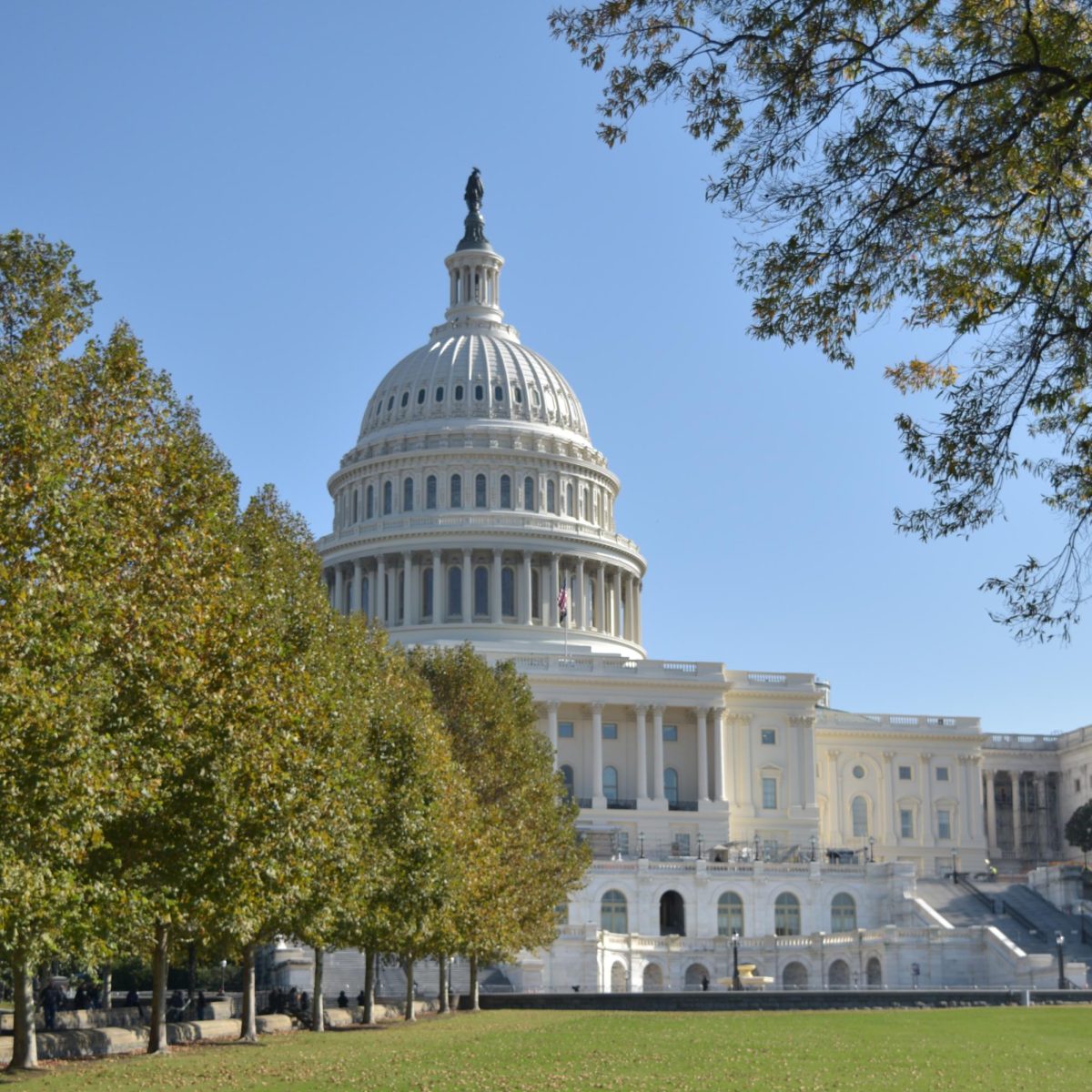
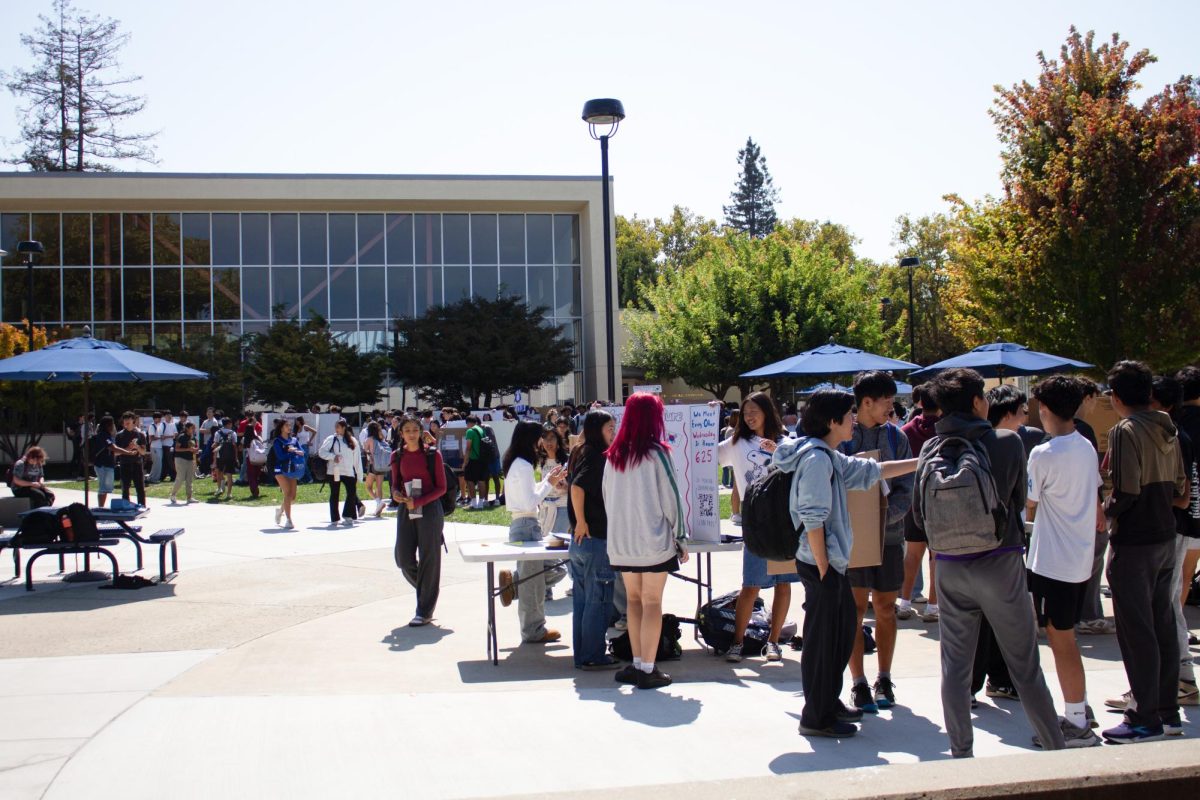
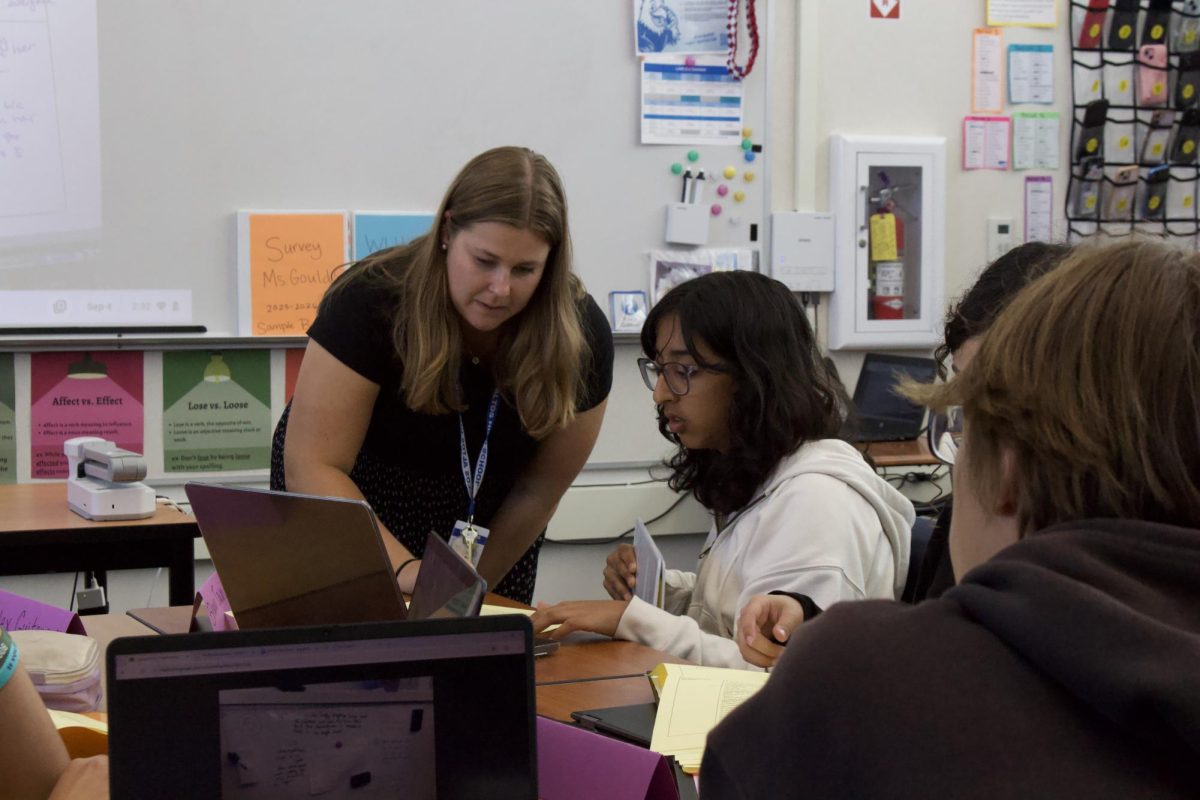
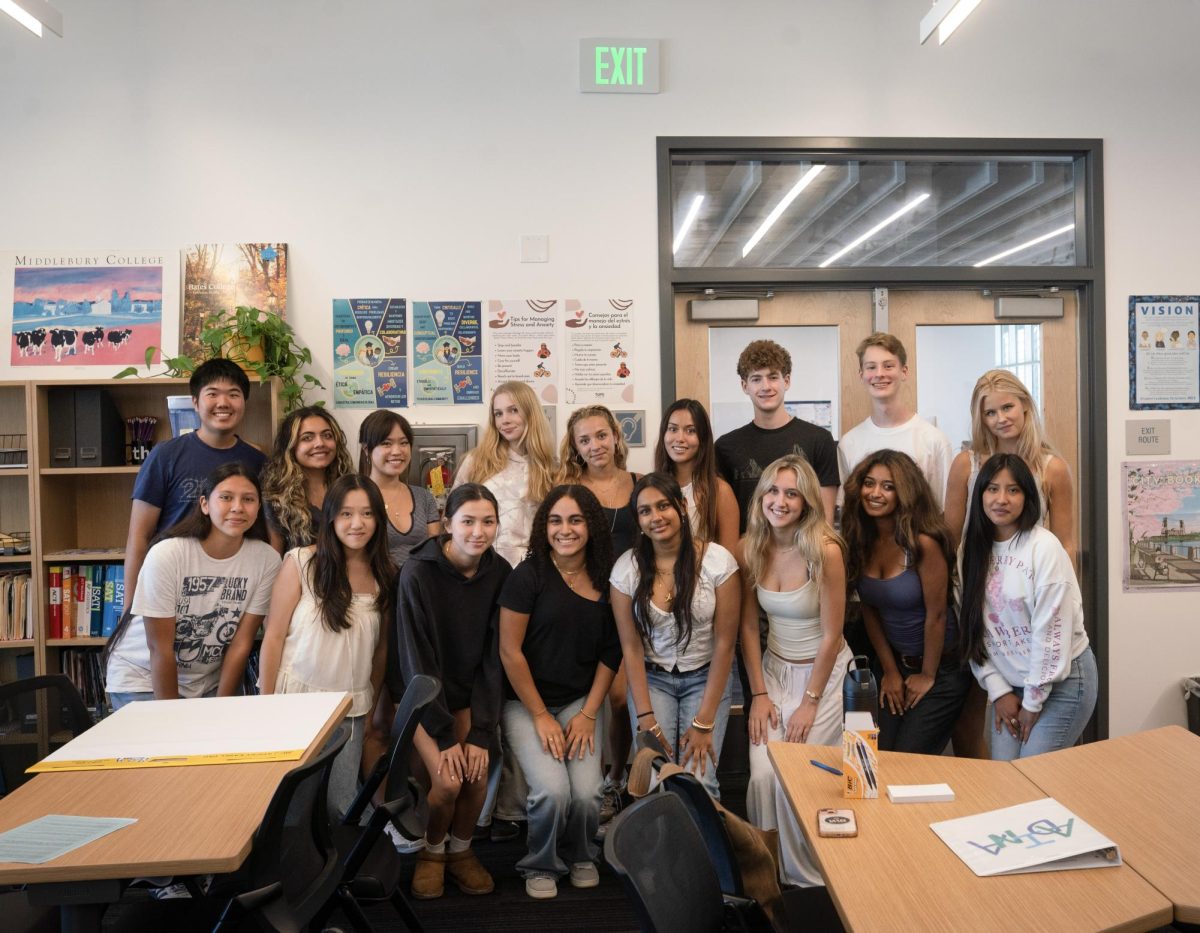
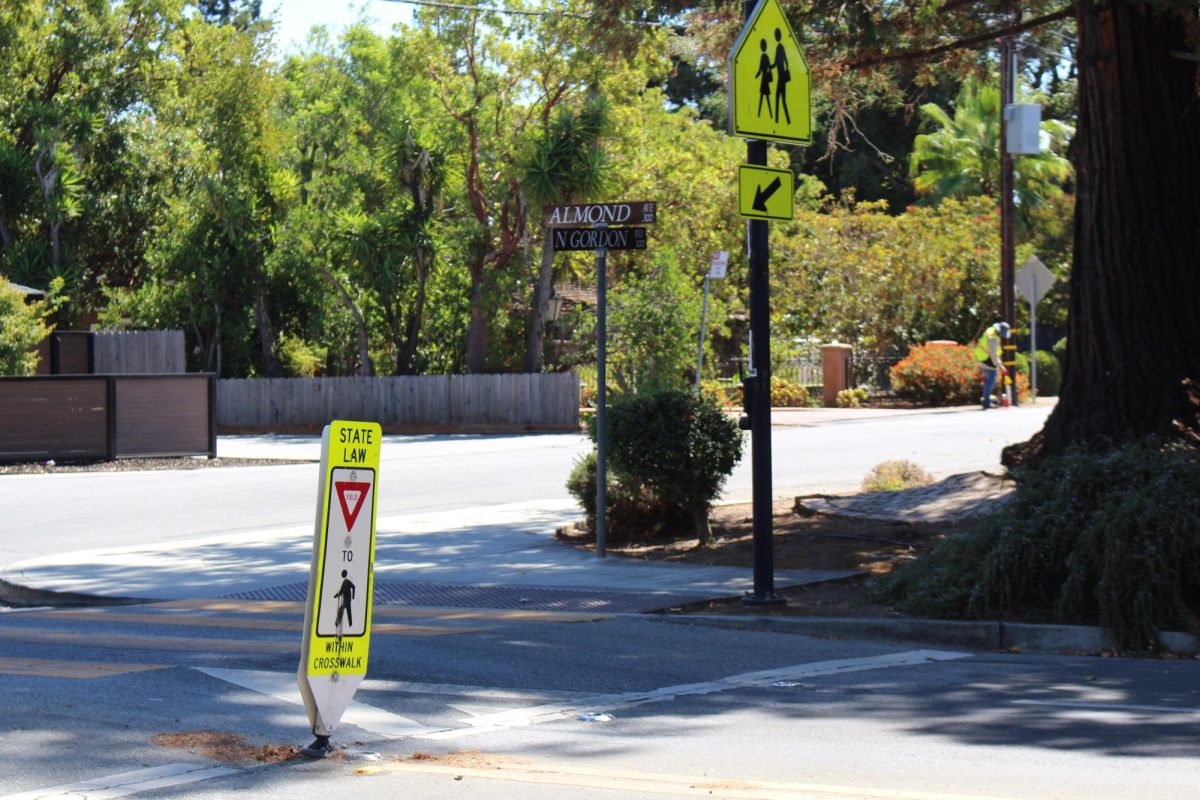
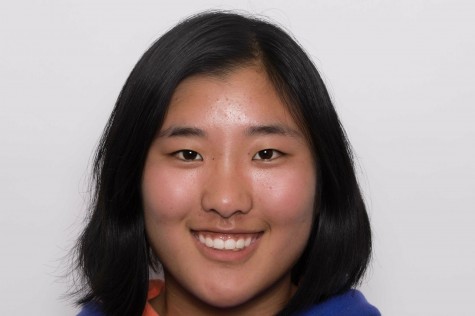
Karen A Ropp (Small 1968) | Feb 19, 2022 at 9:41 am
Of all my teachers only a few have remained in my memory for the impact their teaching made on me. In my Junior year at Watsonville High, Mr. Hashimoto was the US History teacher. He challenged us to think for ourselves, to prepare for college and to be excited about our role in our country’s future. It is not surprising he continues to teach and open minds in retirement. Thank you Mr. Hashimoto for your years of service.
Mas Hashimoto | Dec 15, 2016 at 7:46 pm
Hi, Pat:
Thank you for your kind thoughts and memories. I was so fortunate to have had so many wonderful students, and today (I’ve been retired from active teaching for 20 years), I am invited to speak to students (3rd grade to university level) around the Monterey Bay and Silicon Valley each year about the WW II wartime experience of Japanese Americans. The story on unjust incarceration continues.
Thank you for your continuing interest in our US History.
Onward!
Mas Hashimoto
PS My former students now give me homework assignments … requesting a review of their publications. I am so fortunate and so very honored.
taffetta lassen | Jun 28, 2016 at 11:40 am
I was blessed to have Mr. Hashimoto as my junior year history teacher at Watsonville high school. I learned from him so much more than the class studies. He was and( I hope still is )an elegant , compassionate, and funny teacher of life and how to live with an awareness of the connectedness of past, present and our choice of futures. I am more than proud to have known him. He knew me as Pat Lassen,and though I changed my name I have kept the memories. Thank you, Mr Hashimoto, I still study history and take notes in case .